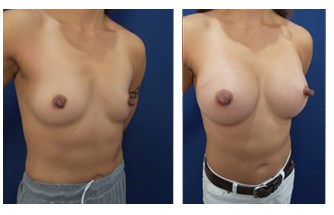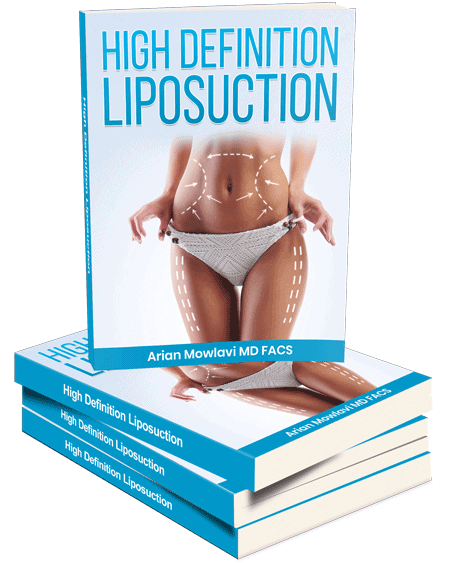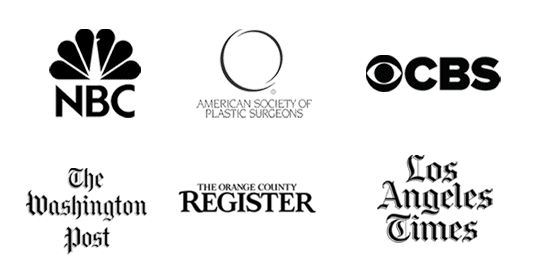





Download Our Surgical Team’s free Liposuction eBook
Breast augmentation meaning the enlargement of breast mound size has evolved throughout the last two decades. Breast augmentation meaning has been limited to the use of a foreign implant, a silicone sphere, that is implanted in the breast to increase the size of the breast mound.
The silicone sphere is created using a solid silicone shell that is filled with silicone gel. Whether the silicone element is solid versus a gel is based on how cross-linked the silicone molecules are. Increasing the cross-linking of the silicone element will transform a gel into a solid silicone.
Regardless, breast augmentation meaning has evolved with regards to the breast implant throughout the century with: a) varying the gel viscosity, the thicker gel has been termed cohesive; b) the shell type, i.e. smooth versus textured; c) various shapes, i.e. spherical or tear dropped shaped.
In addition, breast augmentation meaning has evolved with regards to where the silicone implant is positioned, i.e. above or below the muscle.
Even the approach of breast augmentation implant insertion has been evolved over the last four decades. Traditionally, breast implant insertion was limited to the use of the inframammary crease, which is the crease that lies in the natural junction between the breast and tummy.
However, this single approach has been expanded to include the infra-areolar (underneath the areola), axillary (in the armpit), and even transumbilical (through the belly button). Finally, over the last decade breast augmentation has evolved to include fat transfer.
Fat transfer is performed by harvesting, processing, and transferring your own fat from areas of undesirable fullness over the body back to the breast. Breast augmentation meaning the transfer of fat to enlarge the breast mound has been proposed to eliminate the need for breast implants.
Unfortunately, to date, fat transfer has been limited by several factors. First, a majority of patients desiring breast augmentation do not have enough fat to harvest for adequate volume enhancement of the breast mounds.
In addition, attempts at fat transfer have demonstrated a limit of fat transfer to the breasts in the range of 150 to 200 cc’s of the transfer. Interestingly, increasing volumes of transfer to the breast greater than these volumes has resulted in actually less volume gain for patients.
In general, this volume of transfer is way less than the volume desired by most patients in the range of 300 to 600cc. With this limitation, realistic breast fat transfer protocols would necessitate a minimum two to three separate surgeries making this alternative to breast augmentation meaning not reasonable.
Today, breast augmentation meaning the increase in breast volume is limited to breast mound enlargement using a foreign breast implant made of silicone.
Standard of Breast Augmentation Meaning
The standard of care for breast augmentation also dictates the use of smooth shell breast implants in contrast to the textured shell that has been associated with a rare form of lymphoma.
In addition, the inframammary crease approach and subpectoral pocket implant positioning are the routines. The inframammary crease approach has demonstrated the most consistent results nationally across all plastic surgeons with regards to optimal results and minimized side effects.
Furthermore, the subpectoral pocket implant placement has been shown to minimize the risk of scar thickening around the implant, leading to breast deformity.
This 42 years old female demonstrates a post bilateral breast augmentation with 339 cc silicone implants.


